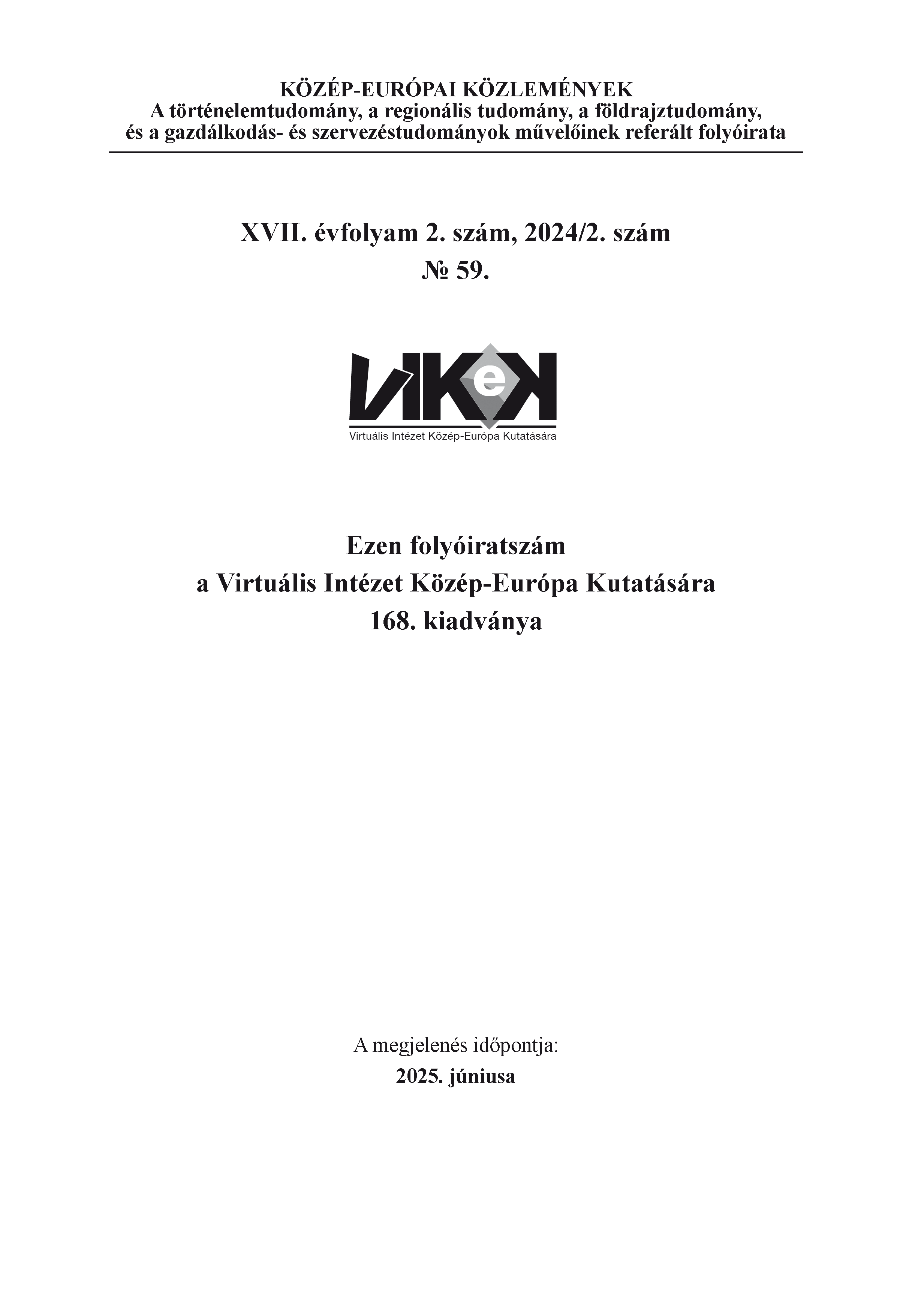Somogyszob gazdasági változásai a két világháború között
Main Article Content
Absztrakt
This study examines what social and economic changes took place in the interwar period in a traditional rural region. From an economic geography perspective, the village of Somogyszob lies in the less favourable part of the Southern Transdanubian region. The peculiarity of this area’s land ownership was that more than two-third of the lands were owned by Prince Hohehnlohe of Germany. In this area vast forests and many swamps can be found, and only a small proportion of the land can be cultivated. The examination has shown that slowly, but progressively the economic system of the rural population was changing. Agricultural production (growing crops, raising animals, viticulture and horticulture) remained the most important, but there were increasing opportunities for industrial and trading options too. The number of self-employed businessman and their trades increased. The largest change happened in the service sector. Trade became more widespread; alongside traditional general stores the quickly expanding Hangya entitiy grew in significance. More and more cooperatives were founded in the village: in the 1930s credit and milk cooperatives were operating. Infrastructure improved too: along the good enough railway access public roads were built and electric power transmission reached the village. The analysis shows that the introduction of capitalism slowly made the rural population to adopt to the developing market realities in two decades.
